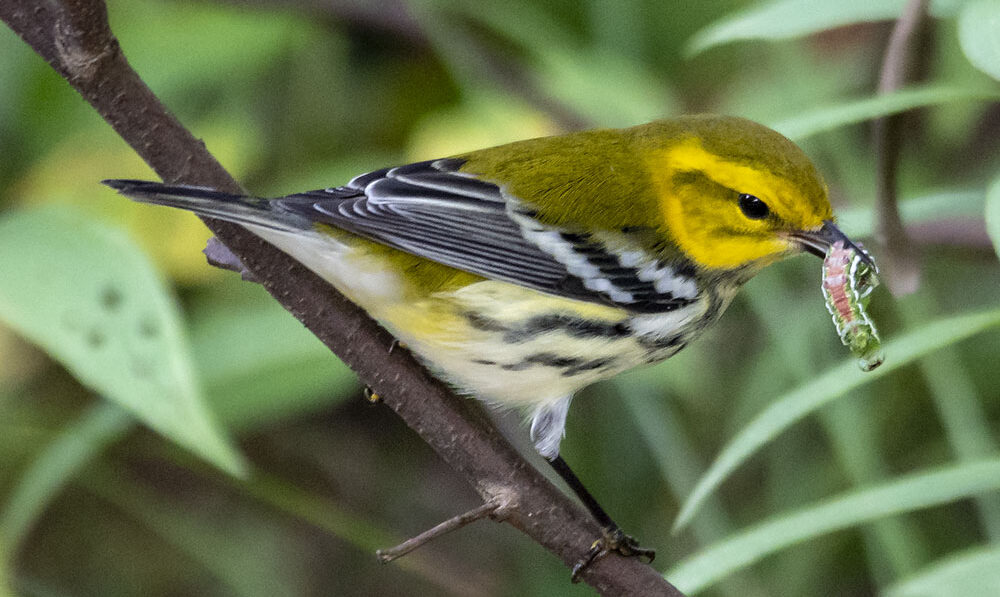
In recent years, there have been so many seminars, articles, Facebook posts and garden tips telling us to choose native plants in our gardens. I must admit to having felt a bit guilty about my own mixed garden with its variety of native and non-native species. And it is a conundrum for me also that our urban gardens with their particular size, overhead wires, pollution, soil, and drainage issues aren’t always ideal for some native trees and shrubs. But I really do want to create a habitat-friendly yard.
So do we just plant the few native varieties that do work well? Do I really have to give up my beautiful magnolia or Japanese maple? My answer is NO.
Linda Chalker-Scott of the Garden Professors states “…people should consider a species for its individual merits and shortcomings, regardless of its geographic origin.”
I recommend choosing diversity vs just focusing on what’s currently considered native, especially when advising for trees and shrubs that are longterm investments for most of us. Keep in mind also that with climate change, the definition of what’s native for our zone continues to evolve too.
Why care about Backyard Habitat at all?
National Wildlife Federation is one of many organizations asking us to create a ‘habitat-friendly’ yard for wildlife. “Human activity has changed and eliminated habitat, locally, and on the global scale, and birds, butterflies, and other wildlife are pushed into ever-shrinking wilderness areas. Providing a sustainable habitat for wildlife begins with your plants. That’s why we call it a wildlife habitat “garden.” When you plant the native plant species that wildlife depends on, you create habitat and begin to restore your local environment. Adding water sources, nesting boxes, and other habitat features enhances the habitat value of your garden to wildlife. By choosing natural gardening practices, you make your yard a safe place for wildlife.”
Canadian Wildlife Federation points out “This loss of habitat has been particularly difficult for Canada’s pollinators – bees, butterflies, hummingbirds, and other species that through their efforts help ensure healthy plant life across the country. Given that one out of every three bites of food eaten worldwide depends on pollinators, it’s easy to see why declining pollinator populations pose a serious challenge to Canadian species of every kind – including humans.”
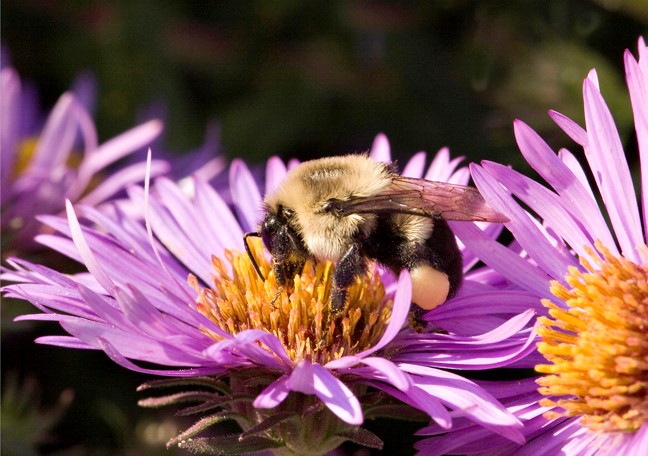
Don’t all trees and shrubs provide some support for Wildlife?
YES. It’s not about just plant selection though. Native species sometimes provide more nectar and pollen but there are many native cultivars and non-native species that also attract and provide food for birds and pollinators.
Garden Professors “Want More Bird Visitors? – Non-native plants may be the answer”
Scientists and knowledgeable gardeners agree that the key factors for a yard full of life are FOOD, WATER, and SHELTER.
What’s in a habitat-friendly yard?
- Diverse plants that provide food and shelter throughout the seasons
- A source of accessible water
- A variety of shelter eg trees, hedges, mulch, ground litter.
To provide the ‘FOOD’ component, diverse plantings are required and I recommend including at least 25% native species. Food includes pollen, nectar, leaves, sap, seeds, fruits, bark, and even roots. Think about a mix of bloom time, flower shape, and colour and remember to include some fruiting plants. Check out these plant databases and local nurseries in south-western Ontario. To find specific plants to attract a certain butterfly or caterpillar take a look at National Wildlife Foundation’s Native Plant finder.
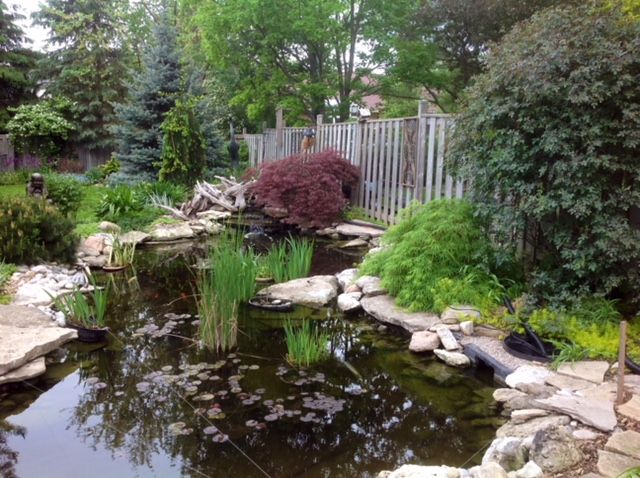
A source of water would ideally be available year-round but even supplementing with a temporary water source during the drier summer months is a big help! Ponds support fish, frogs, toads, insects, birds, and mammals. A pond or water feature is a beautiful addition to a landscape! Water bubblers or birdbaths are an easy solution and just as useful (just remember to change the water often).
A variety of shelter is the key. Trees, shrubs, vines, brush piles, hollow stems, ground covers are all forms of shelter.
Some bare ground also is ideal as it will shelter many native bees and other beneficial insects.
As seasons change, all creatures have different needs. During nesting, birds require different habitat than they do during winter months. Conifers (evergreens) are great winter shelter for many birds. Insects in the caterpillar stage require different green host plants than they do during their flight stage. A diverse selection of trees, shrubs, and plants provides something for everything, right when it’s needed.
Artificial shelters are also an option; for example bird or bat houses, or bee hotels.
Plant choices
Think first and foremost about your growing conditions. The best choices will be well-suited to your soil, sun exposure, wind exposure, and space. Don’t forget overhead wires and exposure to salt or exhaust too.
Avoid invasive plants or oversized trees and shrubs that you will hate a few years down the road! Here are some good ideas for replacing invasives if you have them on your property.
Choose some Native plants in your diverse mix as they are often well-adapted to our region but do your research as some can be ‘thugs’ and others aren’t necessarily good choices for disturbed soil or urban growing conditions. The right plant for the right place might be a native one but choose wisely. Garden Professors, University of Washington – Are native trees and shrubs better choices for wildlife in home landscapes?
Print this Checklist and start now to create a ‘habitat-friendly’ yard
It’s not just good for the environment. It’s a beautiful ‘habitat’ for gardeners and homeowners too!

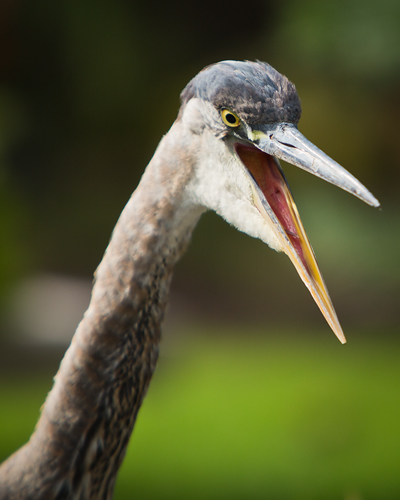
We all Thank You!
Photo credit for Black-throated Green Warbler – Suzanne Southon
More Ideas and Plant Choices to Create a Habitat-friendly Yard:
- Thames Talbot Land Trust shared these beautiful informative slides Native Plant Gardening for Wildlife
- 10 Plants for a Bird-friendly yard https:
//www. audubon. org/news/10-plants-bird-friend ly-yard - Plants that attract birds in all seasons http:
//www. birdsandblooms. com/birding/attracting-birds/p lants-and-trees-that-attract-b irds/plants-attract-birds-seas ons/ - Water features that are bird-friendly https:
//davesgarden. com/guides/articles/view/4939 - Water and wildlife https:
//www. ourhabitatgarden. org/habitat/water-creatures. html - Native Gardening in Ontario – Nature Conservancy Canada
- Pollinator Garden Guide – Toronto Master Gardeners
- How to Grow Native Plants – Ontario Nature.org
- How to Start Gardening with Native Plants
- Garden Professors – Are native trees and shrubs better choices for wildlife in home landscapes?
- The Nativar Conundrum – New Research on Natives vs. Native Cultivars with Dr Doug Tallamy


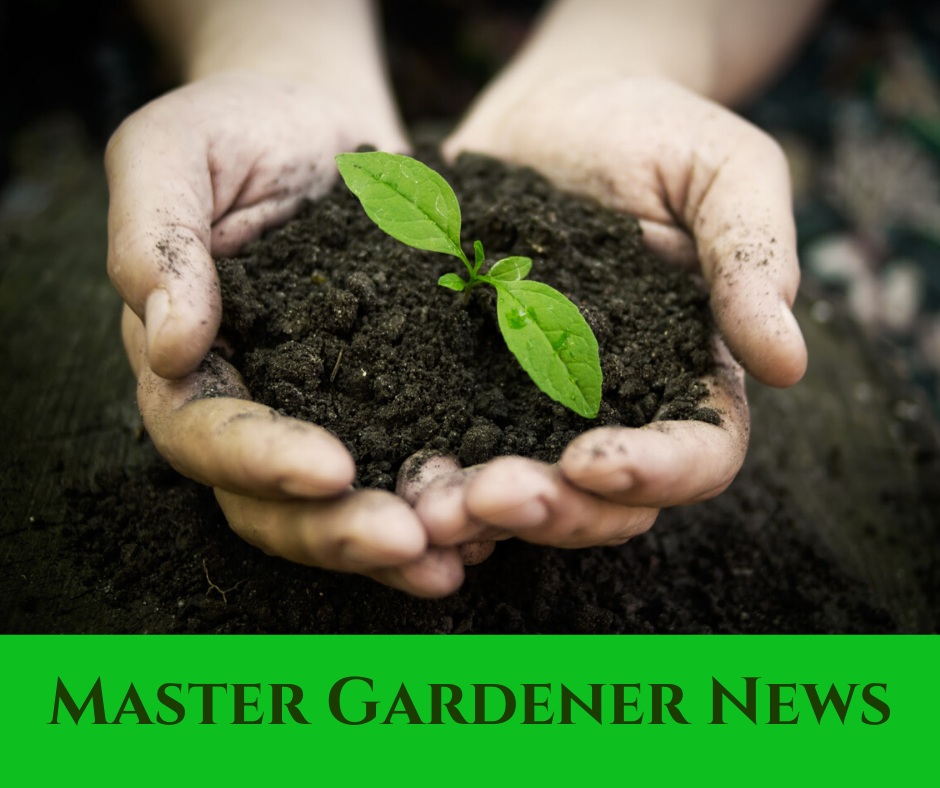
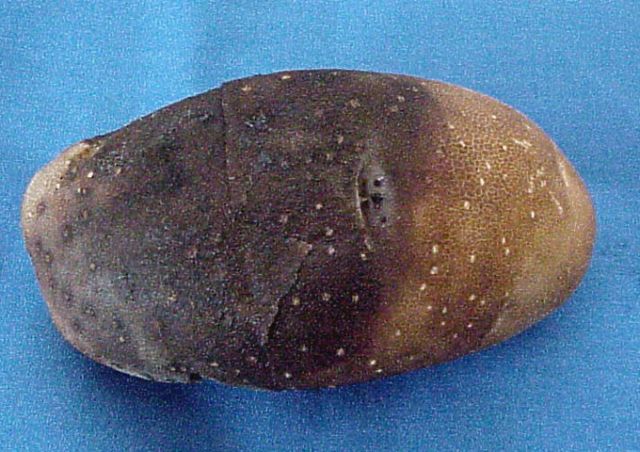
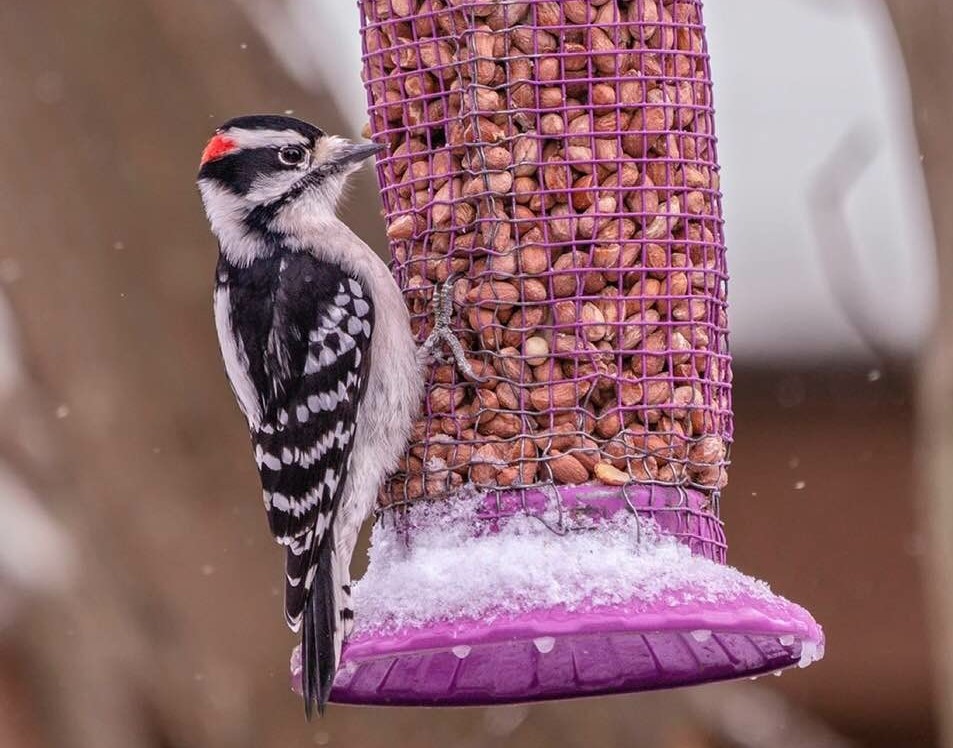
About The Author: Armstrong
As an author and editor, Linda directs her lifelong love of nature and plants to concerns about our environment and how we can do better. In addition to decades of gardening experience, and training as a master gardener, Linda focuses on learning from leading science-based educators and writers, and in the process finds that she uncovers many gardening myths.
More posts by Armstrong